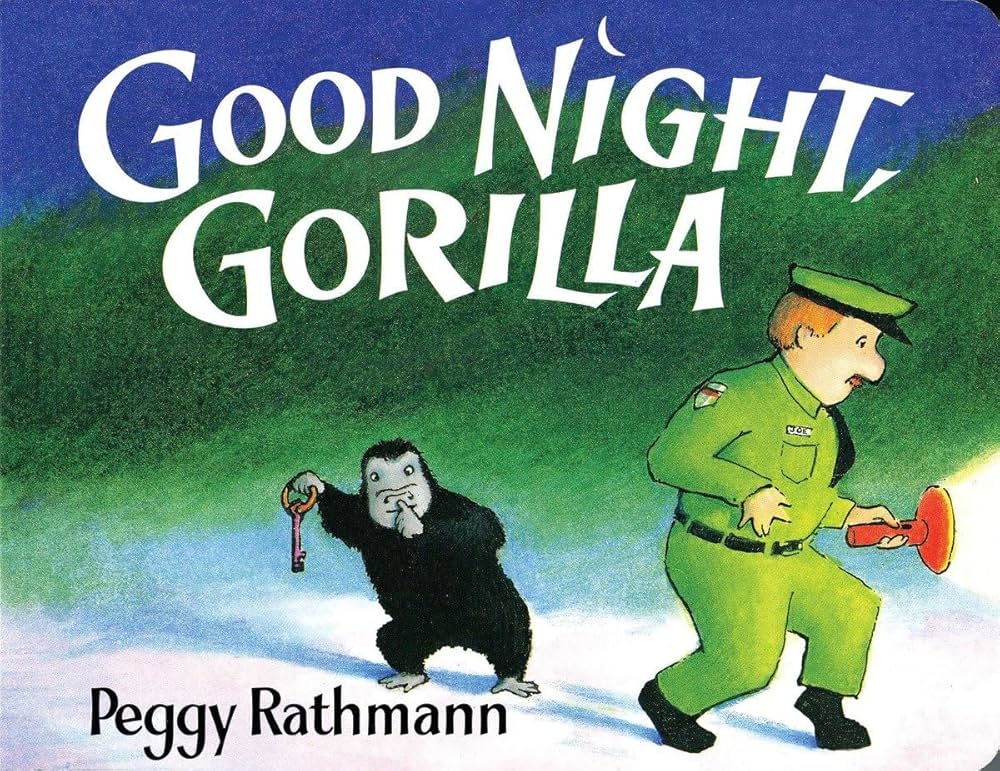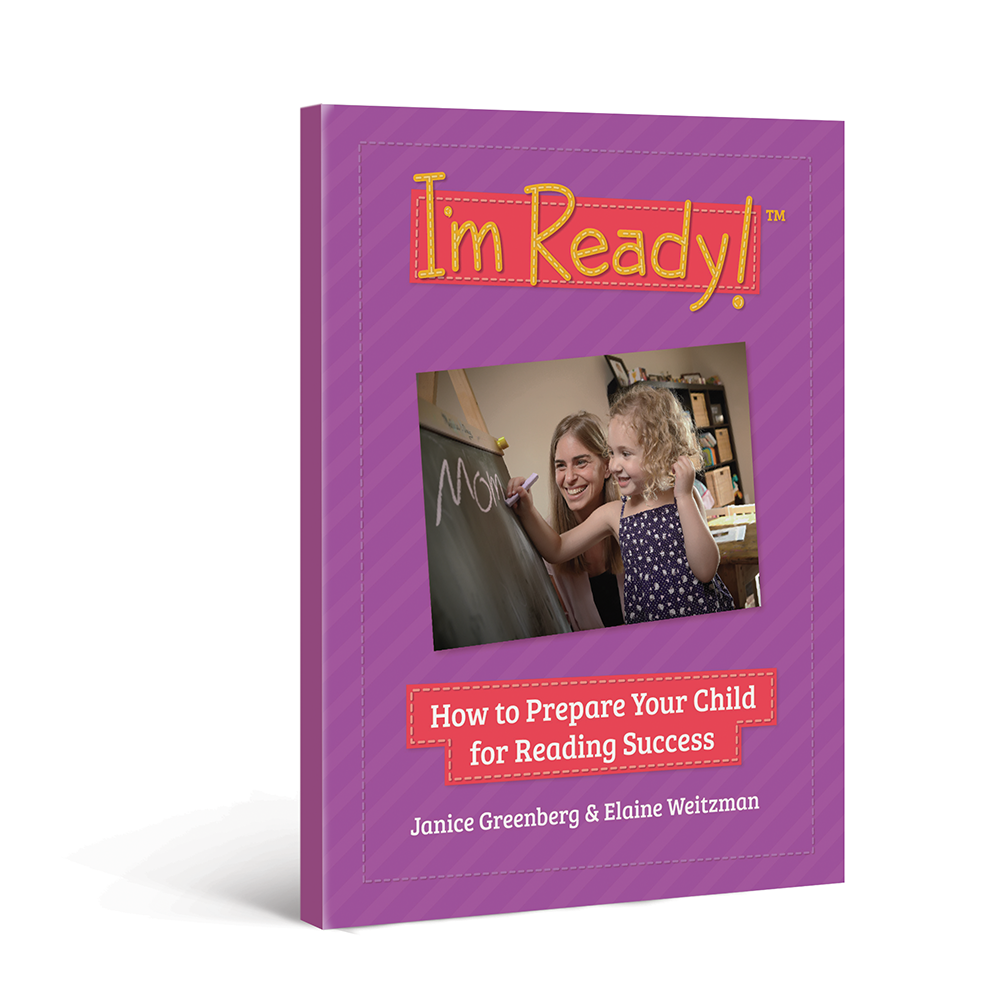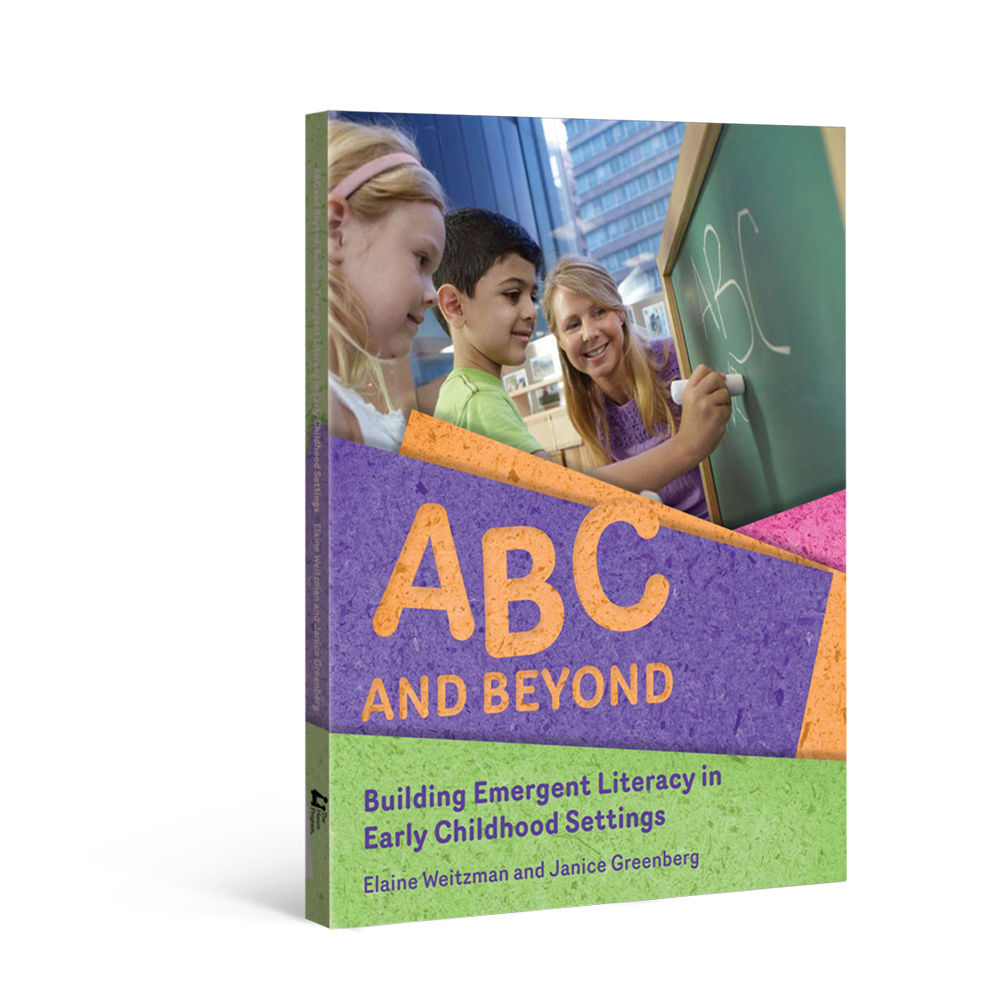This month's Book Nook topic is...
Creating Conversation with
Good Night, Gorilla

While it can be tempting to read a book from start to finish without stopping, children will learn much more when you pause to have a conversation about the things that interest them. During conversations, children can draw on their knowledge and experience to make new connections, form new knowledge and build language skills.
The Book:
Good Night, Gorilla by Peggy Rathmann
Why we chose this book:
The story is entertaining for all readers. While a zoo keeper attempts to close the zoo for the night, a sneaky gorilla takes his keys and lets the animals out of their cages. The animals then follow the unsuspecting zookeeper home.
The minimal text in this book allows children to focus on the pictures, and to use their imaginations to fill in parts of the story – which creates great opportunities for conversation!
Why turn book reading into a conversation?
Rather than simply reading a book from start to finish, I’m going to encourage you to turn book reading into a conversation. This keeps any child you’re reading with actively engaged, giving them the opportunity to deepen their understanding of the story, to talk about their interests and to connect the book with their own experiences.
First...OWL™
Let the child lead the conversation by using the OWL strategy. OWL is an acronym that stands for “Observe”, “Wait”, and “Listen”. Make sure to pause while you read to give the child a chance to make a comment or give you a non-verbal cue (for example, through their facial expression, or with a gesture) to let you know what interests them.
Then...Follow the Child's Lead
Once you know what the child is interested in, respond with a comment or question. This is called following the child’s lead. Rather than changing the topic, you keep discussing what interests the child, and this should lead to a longer conversation. We want conversation to go on for as long as possible because the more turns a child takes, the more opportunities he has to expand his language and to build his understanding.
I like to read each book more than once. Children learn through repetition, and the more familiar they become with a story, the deeper we can go into the conversation, and the more they will understand.
The first time you read the book
Let the child take a look at the page, and Observe, Wait and Listen (OWL), to see which pictures or parts of the story capture the child’s interests. Respond to the child’s statements by making a comment about what he says and relating it to his life. For example, “That is a sneaky gorilla. He looks just like the gorilla we saw at the zoo this summer.” Then, Wait again to see how the child responds to your comment, and to see if you can keep the conversation going.
Often the first time you look at a new book with a child he might not say too much because he’s really “soaking up” the story. However, because Good Night, Gorilla is quite simple (there is very little text) you will probably get lots of comments right away.
The second time you read the book
Now that the child is familiar with the story, he will likely have more to say. Keep the conversation moving by making comments or asking open-ended questions about what interests him. For example, “If you were the zookeeper and you found out that a bunch of animals had followed you home, what would you do?” Then, Wait to hear what the child has to say. Hopefully you’ll each be able to take a few turns in the conversation.
The third time you read the book
Now you can really go beyond the story in the book. At this point, you might ask the child if he wants to tell you the story, or if he can predict what will happen on the next page, or even after the book is finished. Once a child is really familiar with the book you’re reading, you can also try acting out the story.
More Resources
The strategies in this Book Nook post are drawn from Hanen’s practical, research-based guidebooks for building emergent literacy. Explore the links below to learn more about how these guidebooks can support you.
For Parents I'm Ready! guidebook
I'm Ready! guidebook
For Educators ABC and Beyond guidebook
ABC and Beyond guidebook
